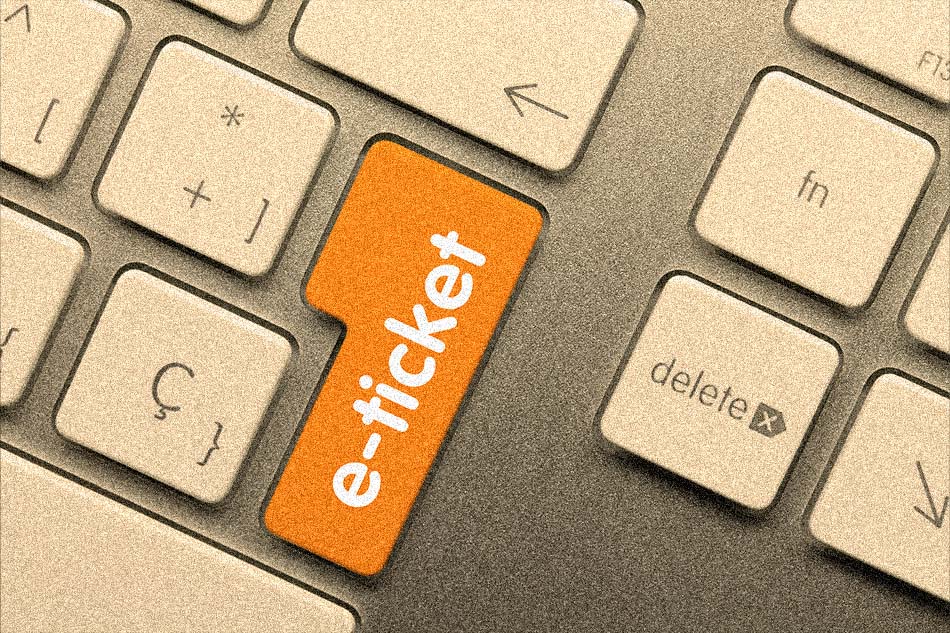
The digital transformation linked to the rise of the Internet and the development of new technologies is a phenomenon that affects all sectors of activity, including art and culture. Digital uses are changing visitor expectations, forcing museums to diversify their practices in order to reinvent themselves. In an effort to gain an expert’s perspective on these new challenge, we had the pleasure of interviewing museographer and director of the agency Âme en Science, Suzie Maccario.
Tell us a bit about yourself and what it is that you do.
My name is Suzie Maccario and I run Âme en Science, a scientific museography agency that I founded in 2004. As a museographer, I determine the content of, stage, and design the mediation devices for exhibitions tailored to the target audience. To do so, I work hand in hand with various experts from whom I gather a great deal of information that I use to create a narrative framework. My ultimate aim is to make the visit accessible, informative, relevant and enjoyable, with an element of surprise, too, to trigger emotion and, above all, to ensure that visitors have learned something by the time they leave.
I design these museographies not only for museums but also for institutions, town and city councils, urban communities and even research laboratories.
I’m passionate about digital innovation and have developed expertise in innovative and immersive technologies, such as augmented reality, projection mapping, motion capture tools, interactive installations, multi-touch tables and the like.

The COVID crisis unfortunately meant that museums were obliged to close their doors for several months, forcing them to identify new alternatives for communicating with their visitors and standing out. What initiatives have you seen emerge as a result?
There have been several distinct phases to these past 18 months since the health crisis emerged, and museums have had to experiment with different practices as they continually adjusted their strategies in order to adapt to an ever-changing context. At the point where they had to close their doors, the Internet was their only means of maintaining contact with their audiences, which they did through websites, newsletters, social networks, virtual tours, etc. The use of digital technology has developed significantly, and some institutions have really stood out from the crowd. The Louvre, for example, enabled visitors to admire certain works in augmented reality using its app, with very positive results indeed.
When museums were able to reopen to the public, the regulations they were required to adhere to prohibited the use of many mediation devices, with a noticeable impact on the visitor experience, including the inability to perceive different smells owing to the requirement to wear a mask, the prohibition of touching things, of sitting, of interacting in groups, etc. While this inspired us to come up with more appropriate devices such as self-cleaning screens and motion capture animations, investing in them without knowing whether the requirements would change would have been too great a risk. The good news is that these impromptu changes are proving to be a great source of innovation!
In order to make up for the lack of visitors, museums have had to diversify their practices so as to appeal to a wider audience. The French National Museum of Natural History, for example, with its Sensory Odyssey and its virtual and augmented reality extinct animal exhibition, demonstrated great innovation that certainly paid off. These technologies were already being used before the crisis, but their use is becoming more widespread and we are sensing a greater willingness to adapt on the parts of certain establishments, and that really needs to continue!
In more general terms, these new practices are breaking certain conventions that were sometimes considered too traditional. Access to culture is becoming more accessible and less formal, which is a very positive thing, both for museums and for their visitors.
What do you think are the main challenges facing museums today?
All museums must be able to provide their visitors with the information they need to understand their exhibitions by means of a strong visitor experience. You only have to take a closer look at the younger generations to realise that they are a demanding audience that wants to understand, to interact, to feel emotion and, of course, to be able to share it. When the visitor leaves, do they feel amazed, or transformed in some way? Have they understood the message the exhibition sought to convey? These are the questions we must ask ourselves. Some works dealing with Greek mythology or the Christian era, for example, won’t naturally speak to everyone. This presents a real challenge in terms of agility when it comes to making the visit both informative and entertaining, without necessarily making it overly fun. Balancing your mediation by working on your scenarios and varying your devices is therefore key to grabbing your visitors’ attention. Not everyone wants digital content, of course. Some people prefer objects, others perception, for example. You need to offer something for everyone and ensure that every aspect of the visit has a role to play in appealing to the visitor.
Telling a story is a craft in itself, and it is not enough to simply integrate audio guides and virtual reality or to develop projection mapping if there’s no meaning behind it. Unfortunately, some projects are not given sufficiently thorough consideration, resulting in considerable amounts of money being spent unnecessarily. It is important that a project be fine-tuned to ensure that the visit is meaningful at the end of the day. Otherwise, there is a risk that you might be providing visitors with a bunch of digital tools without knowing what content to convey. This is a real challenge for project managers.
In your opinion, what opportunities do web tools represent for museums?
These tools represent a very effective channel of communication for institutions, as was observed during their closure. The services offered via a website, for example, significantly improve the visitor’s experience. By capturing highlights of their exhibitions (such as photos of inspirational devices), museums can help us to experience certain works in a different way and to begin our visit before we even get there. Conversely, by continuing to interact with their audiences, they can extend this same experience after the visit has ended. Social networks, meanwhile, provide platforms for exchange that allow everyone to express themselves and that are also particularly well suited to the uses of younger generations. You could even say that these practices allow us to consume culture in a different way, to some extent, and this is a good thing because a museum must move with the times.
The Internet is a valuable source of information for those working in such institutions, and it is in their interests to use it to drive and develop their practices. Nowadays, there are some wonderful science YouTubers who tackle technical subjects from a funny and educational perspective, and that’s a popular medium!
Like any medium, though, the web has its limits, and while some things may well be ‘Instagrammable’ or ‘TikTokable’, there isn’t necessarily always much meaning behind them. Again, though, it’s a question of balance, and we’ll learn how to get the best out of it over time!



